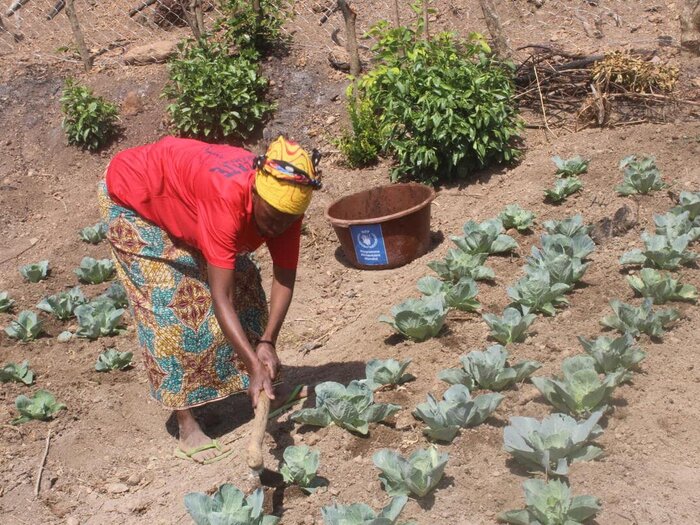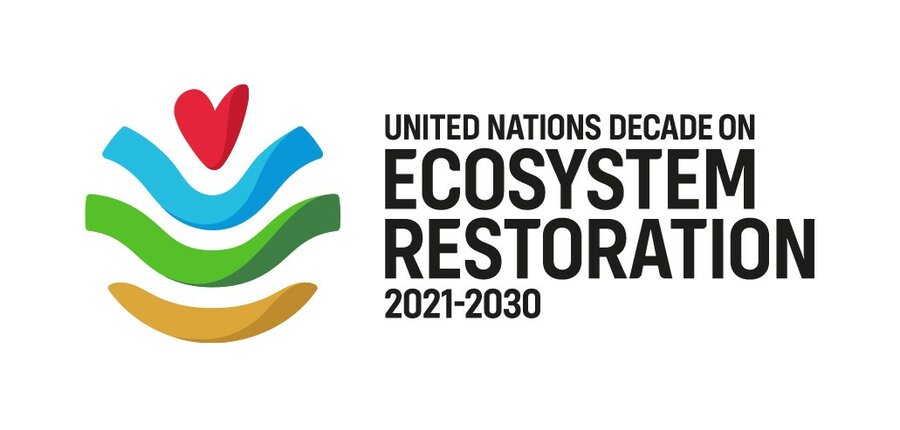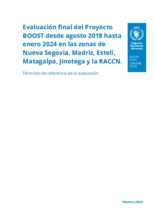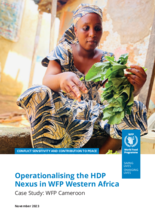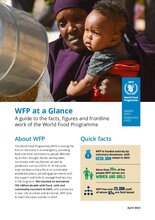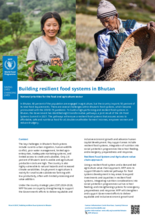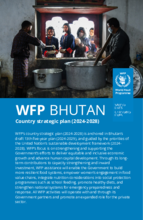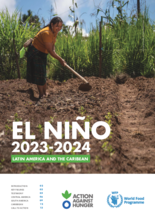Resilience building
- More than 80%
- of the world’s food insecure live in countries that are prone to natural shocks
- In the first 1,000 days of life
- if children are malnourished, they may suffer cognitive and physical impairment later on
- 1.7 billion people
- affected by extreme weather over the past decade
Climate change, environmental degradation, water scarcity, disease, rapid population growth, unplanned urbanization: in today’s world, heightened risk and fragility are threatening to reverse major development gains.
Shocks and stressors such as conflict, natural hazards and political instability can have a devastating impact. Children who are malnourished in their first 1,000 days of life may suffer cognitive and physical impairment. In times of war or disaster, schools are the first to close. Historically, humanitarian interventions have saved countless lives and restored the livelihoods of millions. But they have rarely tackled underlying vulnerabilities.
It is true that development programmes are hard to implement in fragile or deeply impoverished contexts, prone to recurrent crises. But evidence suggests that by embedding resilience in their interventions, development actors can lessen the effects of shocks and stressors, and thus more durably relieve human suffering.
For its part, by adopting a resilience perspective, the humanitarian community can ensure that people rebuild better after disasters. Resilience measures, in fact, are cost-effective on two counts: they reduce the need to spend on cyclical crisis response, while helping overcome a legacy of development gaps.

